The David Candaux DC1 Titanium is Why We Love Independent Horology
The newest DC1 iteration is a remarkable tribute to tradition and innovation and a watch that epitomizes David Candaux's thoughtful design philosophy.
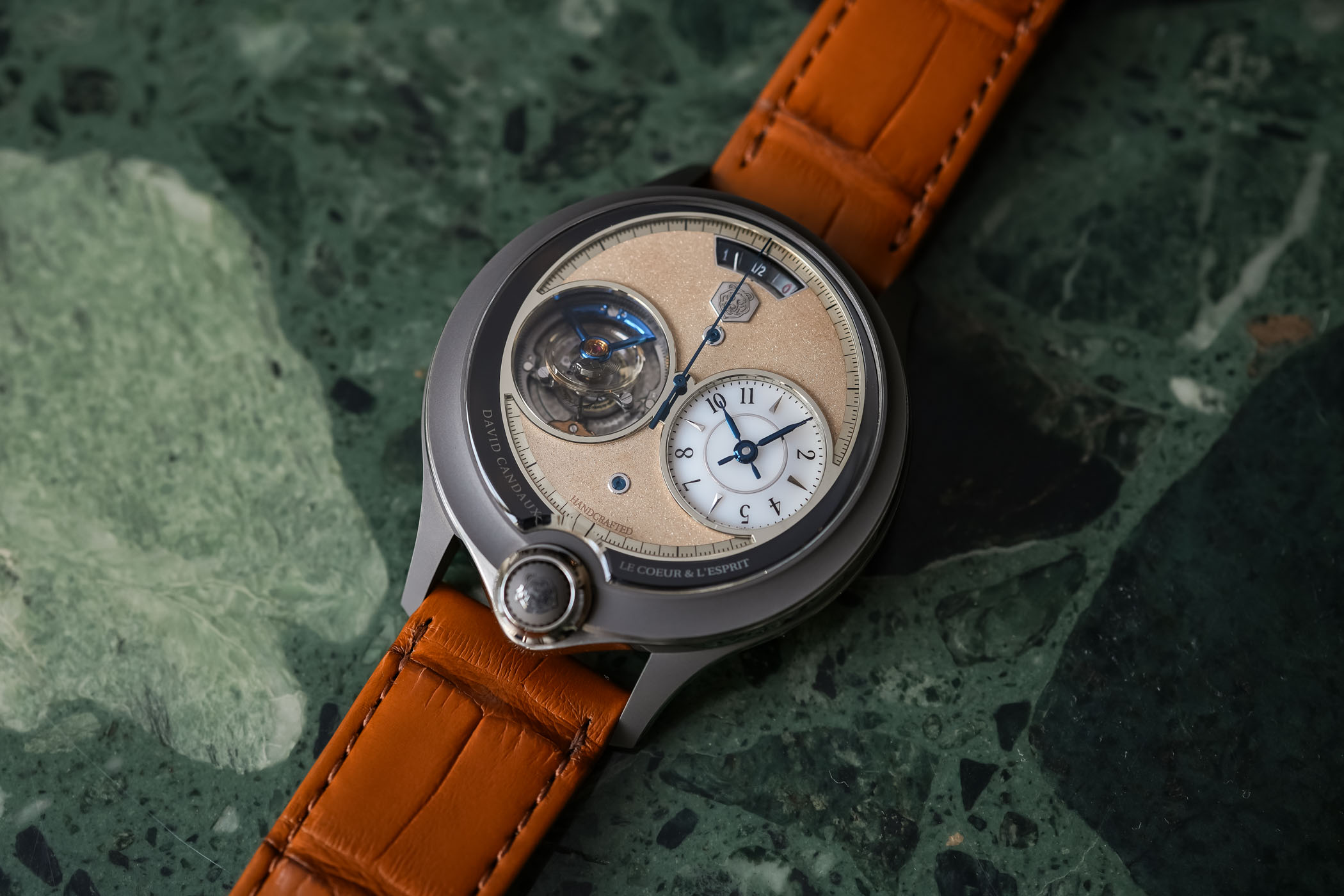
David Candaux, an independent watchmaker and member of the Académie Horlogère des Créateurs Indépendants (AHCI) since 2019, is regarded as one of the most talented creators in contemporary horology. To understand and appreciate his work, it is important to remember his professional journey and the philosophy that infuses his timepieces with unique character, and the DC1 Titanium Inclined Tourbillon we have had the pleasure to handle, his latest creation, is a watch that exemplifies Candaux‘s innovative spirit and technical prowess.
Who is David Candaux, and a look at his work
Born into a lineage of master watchmakers in the Vallée de Joux, David Candaux began his formal training in 1994 when, at just 15 years old, he commenced an apprenticeship with Jaeger-LeCoultre while studying at the Technical School of the Vallée de Joux (ETVJ). During that time, he met with Günter Blümlein, then a towering influence in the watchmaking world back then, and Henry-John Belmont, then CEO of Jaeger-LeCoultre, a passionate leader. Both shaped Candaux’s approach and inspired his “Le Coeur et l’Esprit” (“The Heart and Mind”) philosophy, a balance of technical excellence and soulful artistry that defines his work.
Upon completing his studies in 1998, Candaux naturally joined Jaeger-LeCoultre, where he began his career in the restoration of antique timepieces. By 2001, he was leading the training department, and in 2004, he went to the Technical Office to focus on developing and completing grand complications. During this period, he contributed to several important JLC creations, including the Reverso Grande Complication à Triptyque, the Master Minute Repeater Antoine LeCoultre, and the Hybris Mechanica à Grande Sonnerie.
After 17 years with Jaeger-LeCoultre, he left the company in 2011 Candaux to start working as an independent with other esteemed brands alongside a few partners, including his father, Daniel Candaux – with whom he continues to work today. Among the notable projects he contributed to were the Van Cleef & Arpels Poetic Wish, featuring a five-minute repeater mechanism, and the Fonderie 47 Inversion Principle, which combined a jumping hour, retrograde minutes, and a tourbillon escapement. He is listed as an inventor for Bovet‘s Dimier 1738, Chronometrie Ferdinand Berthoud, while his most publicized contribution is his work on the MB&F HM6 Space Pirate.
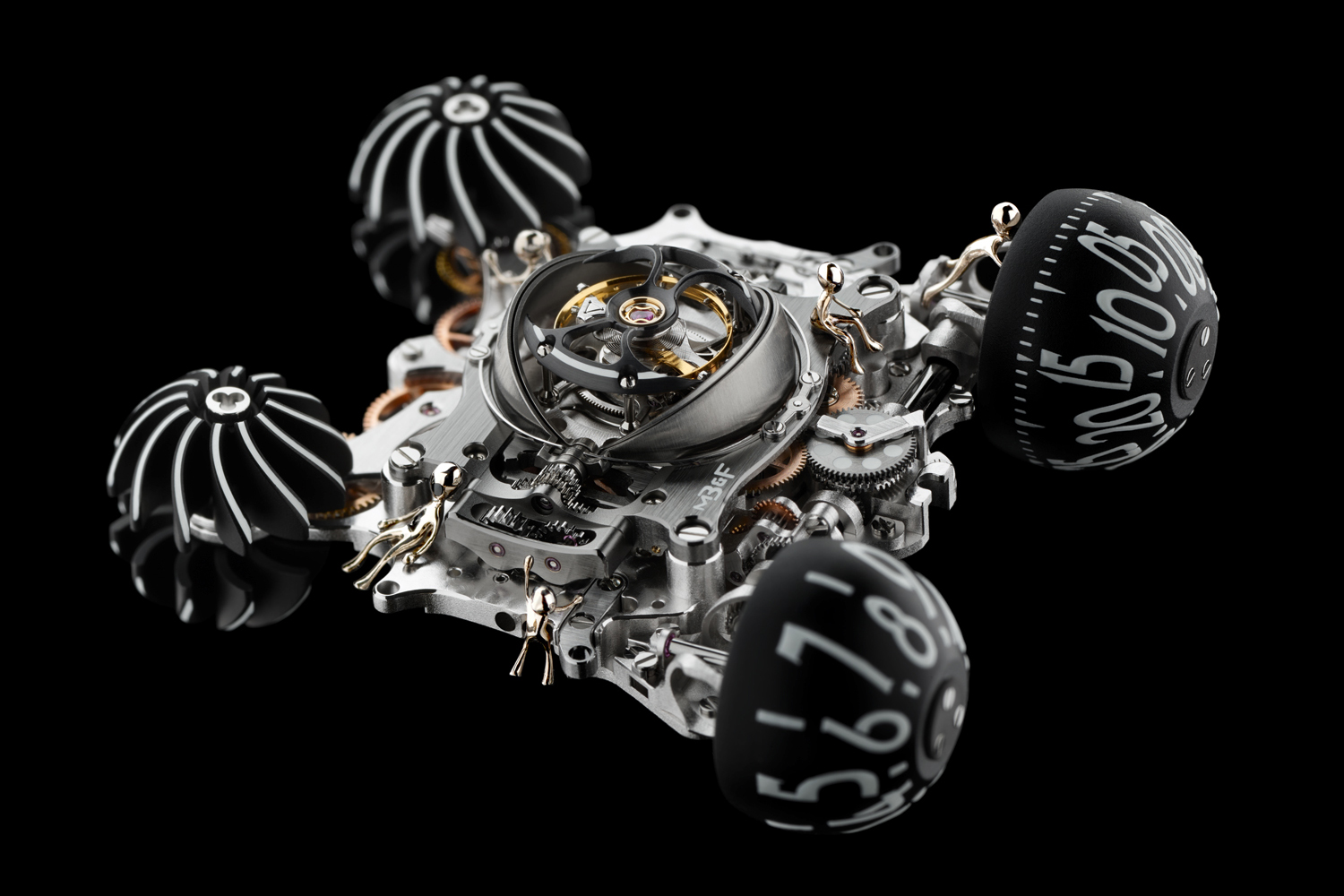
During his “freelance” years, David Candaux met Philippe Dufour, a legendary figure in the world of horology and a near neighbour. In Dufour’s workshop, the two discussed watchmaking, and the conversation proved transformative. “I realized I had to create my own watch – the one I had been envisioning for years,” Candaux recalls.
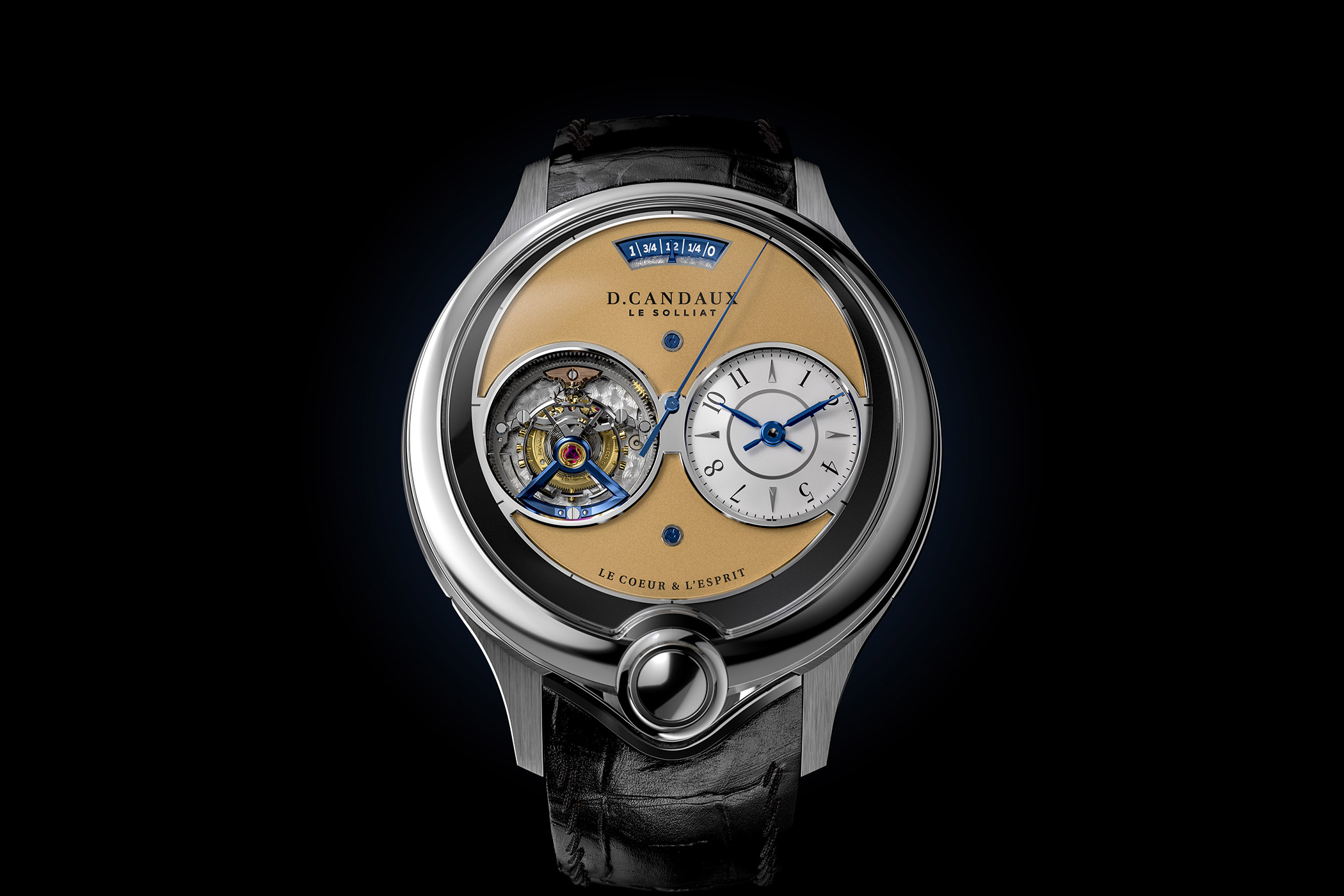
This revelation culminated in 2017 with the debut of the DC1, the first watch under the eponymous David Candaux brand. A piece of originality, the DC1 featured a distinctive “magic” push-button crown positioned at 6 o’clock, a 30-degree inclined flying tourbillon at 9 o’clock opposite the hour-and-minutes subdial, and what is believed to be the world’s first movement incorporating titanium components.
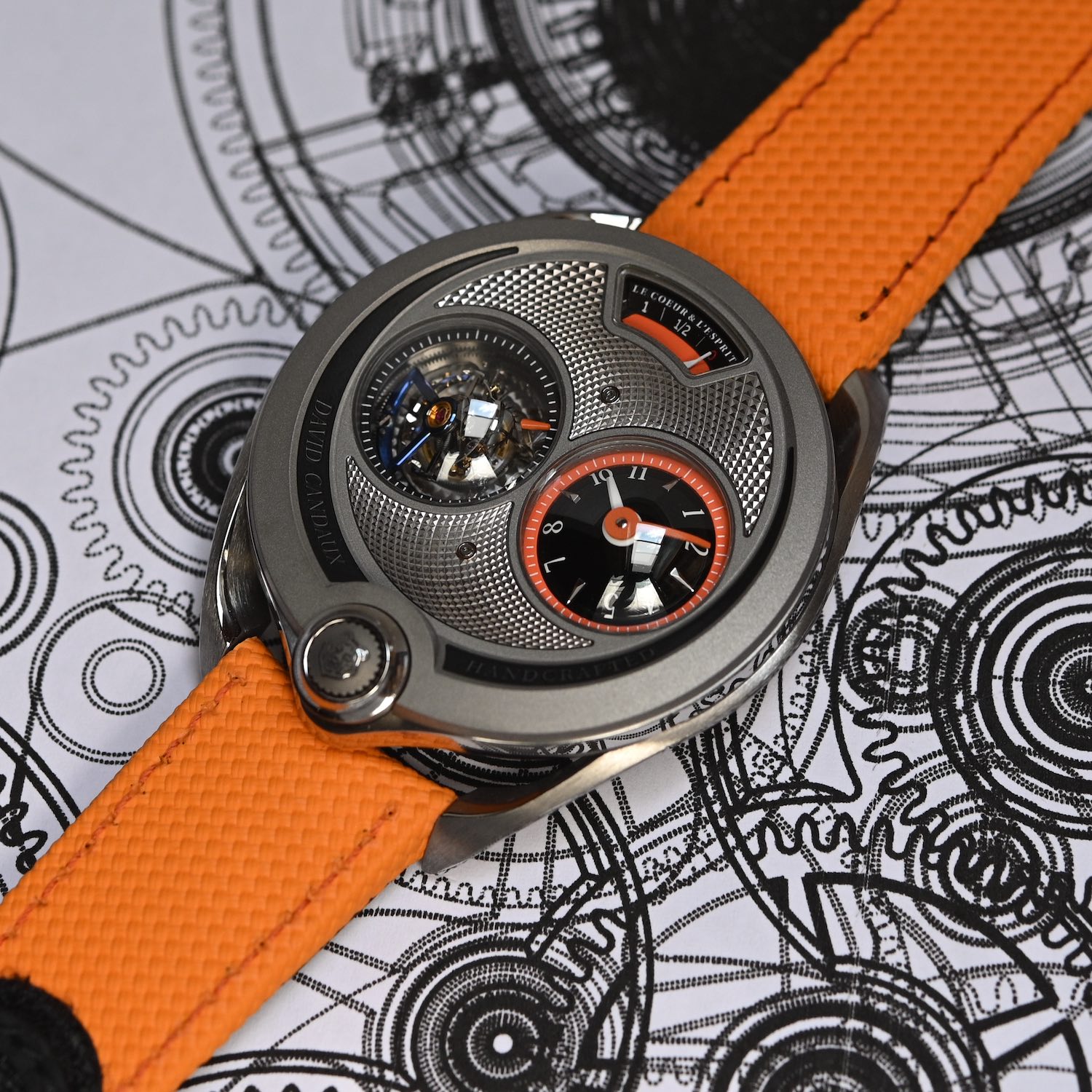
The DC6 series followed in 2019, notable for its intricately guilloché-decorated dial. In 2021, Candaux introduced the DC7, with a more traditional central hour and minutes hands and the tourbillon at 12 o’clock. Anticipation is building for the release of the DC12, which will be launched in 2025. In the meantime, let’s take a closer look at the recently unveiled DC1 Titanium, an updated version of the inaugural model and a watch that reflects the watchmaker’s heart and soul.
The new David Candaux DC1 Titanium
The 65-gram-only DC1 titanium, the model’s latest iteration, is housed in a distinctive basin-shaped case crafted from grade 5 titanium, a material David Candaux considers ideal for modern watchmaking. Its properties – resistance to ageing, corrosion, and damage, as well as being antimagnetic, thermally stable, and lightweight – make it a natural choice for his creations.
The case design is anything but conventional, with an asymmetric silhouette defined by a wide, sloping bezel, a harmonious blend of curves and angles, and Candaux’s signature magic crown at 6 o’clock. This retractable-by-push crown, comprised of 31 components, is a centrepiece of the design for both movement and the watch overall. Though its functionality is basic – winding and time-setting, the crown’s ingenious design invites interaction as if it holds a secret waiting to be discovered. In a way, it does – its magic lies in the artistry and precision of its mechanics.
The DC1 is not a small watch, measuring 43.9mm in diameter and 12.9mm in thickness, yet its curved lugs (one piece for the left and one for the right side, affixed by screws) help it to sit comfortably on the wrist. The interplay of matte or satin finishes and hand-polished surfaces adds a touch of refinement, while the titanium construction enhances durability and elegance.
Under the asymmetrical sapphire crystal with tinted anti-reflective coating, the dial – a thoughtful combination of textures, materials, and details – slopes from top to bottom, a design choice intended to “enhance the comfort of reading the time by optimizing the wearer’s field of vision.” This approach evokes the practicality of a driver’s watch, reducing the need for wrist movement to check the time.
The main dial surface, held in place by two visible screws, is crafted from 3N 18-carat yellow gold, hand-grained to create a subtle, textured finish. At 3 o’clock, the time display is a domed, upside-down saucer-like subdial made of luminous white opal. This subdial features a crisp dash minute track and hour markers arranged as a blend of outward-pointing, arrow-shaped white-gold indices at the cardinal positions, with the remaining hours marked by pad-printed Arabic numerals. Heat-blued white-gold syringe-shaped hands ensure clear legibility, and a polished ring encircles the subdial, adding a frame to the composition.
The same ring we find framing an aperture at 9 o’clock, where a single-axis, titanium bi-plan flying tourbillon with balance inclined at 30 degrees in relation to the blued titanium cage, a signature Candaux’s element which since introduction in 2017 has been part of every model the watchmaker released, comes into view. In the dial’s centre, the large, blued seconds hand, made by stamping from bronze, reaches out to the edge where the seconds track is, and the hand is coupled directly to the finishing gear for smooth running. At the top, a small, framed sector-like window is for the power reserve indication. Something we cannot see, but it employs a conic camshaft system, and the power is delivered via a double-winding barrel, which provides 55 hours of autonomy.
The DC1’s sapphire caseback offers a stunning view of the impeccably finished movement, with its titanium bridges inclined at 3 degrees. These bridges are adorned with the brand’s signature Côtes du Solliat stripes, their sharp bevels catching the light with a radiant shine. A gold medallion featuring the brand’s emblem—a bear’s head, a tribute to Candaux’s Vallée de Joux roots which also appears on the crown and dial—is affixed with two screws.
In keeping with the inclined bridges, the wheels are also tilted at 3 degrees, reinforcing the watch’s technical harmony. Other exquisite details include a gold plate engraved and grained with the watch’s number, gold chatons, polished countersinks, and masterful chamfering and anglage ap plied for an extraordinary visual effect.
The caseback is engraved with the markings “Tourbillon 30°,” “David Candaux,” and “Waterproof 30M.” Across the bridges, the inscriptions “D. Candaux” and “Le Solliat” further emphasize the watch’s origins and craftsmanship, completing the evident artistic and technical brilliance.
Spending time with the DC1 Titanium, it becomes clear that the case perfectly complements the unique dial design. It’s hard to imagine such a configuration working in a more conventional timepiece. The most gratifying aspect of this watch is its focus on the fundamentals – despite the technical marvels of the magic crown and the inclined tourbillon, the eye is naturally drawn first to the time display – a tribute to the primary function of a watch and a testament to Candaux’s thoughtful design philosophy.
The David Candaux DC1 Titanium is offered on a handmade brown alligator leather strap, closed with a folding clasp in titanium and gold, with an engraved David Candaux logo. It is a limited edition of 24 pieces; the price is to be confirmed yet expect around EUR 210,000. While indeed not a watch for everyone to purchase, it has a lot of thoughtful charm to admire its creator´s vision. For more, visit DavidCandaux.com.



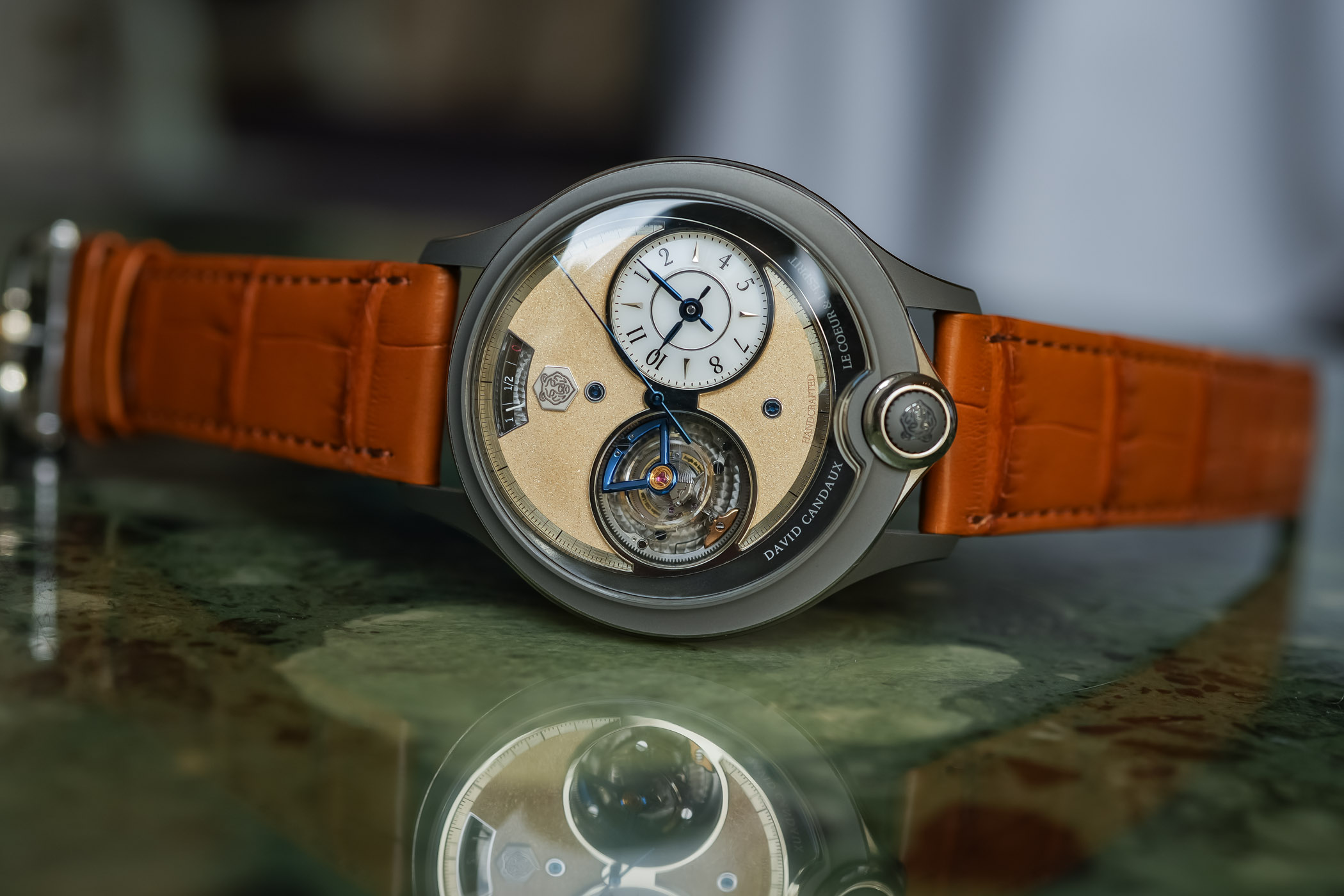
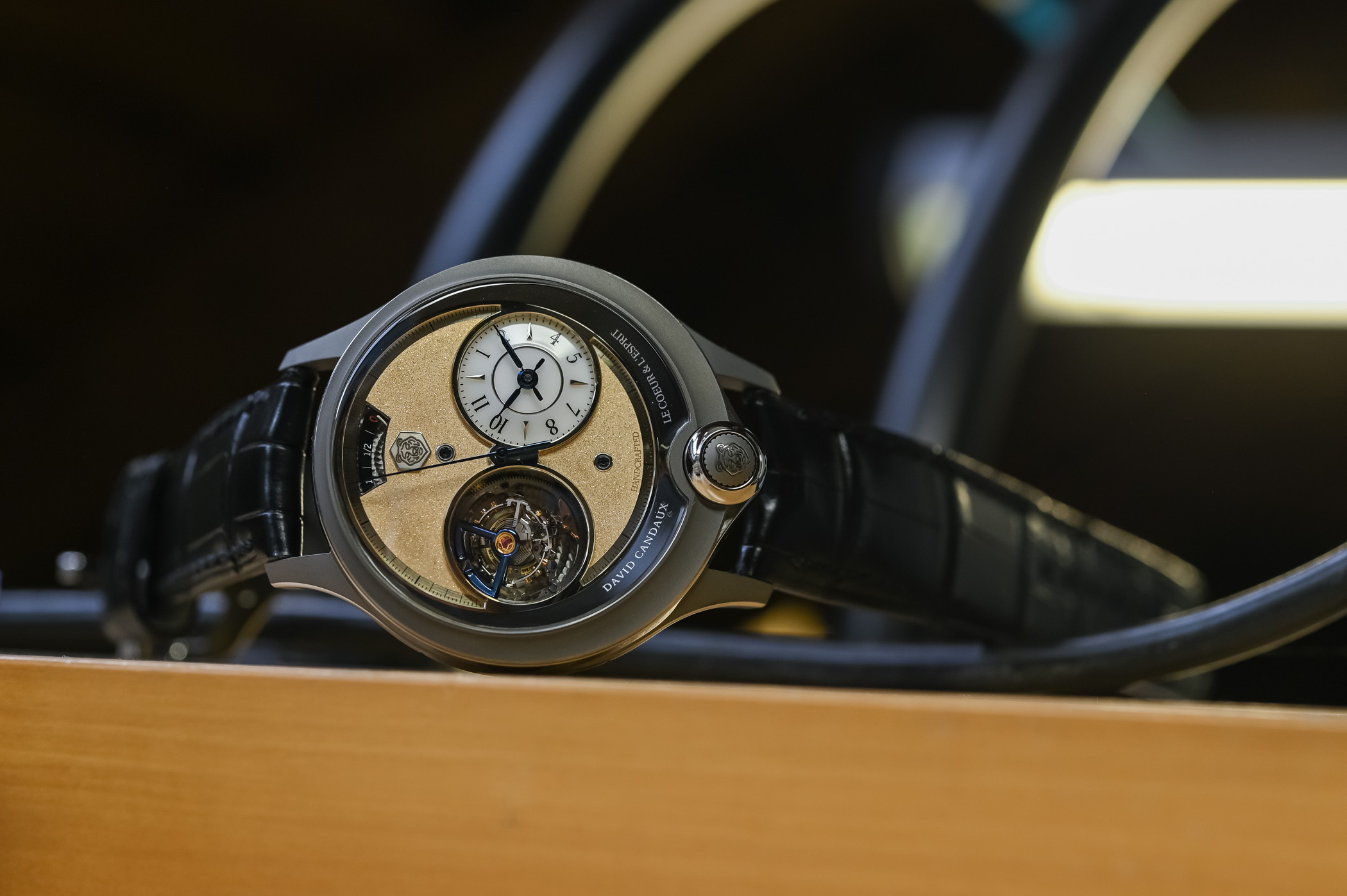
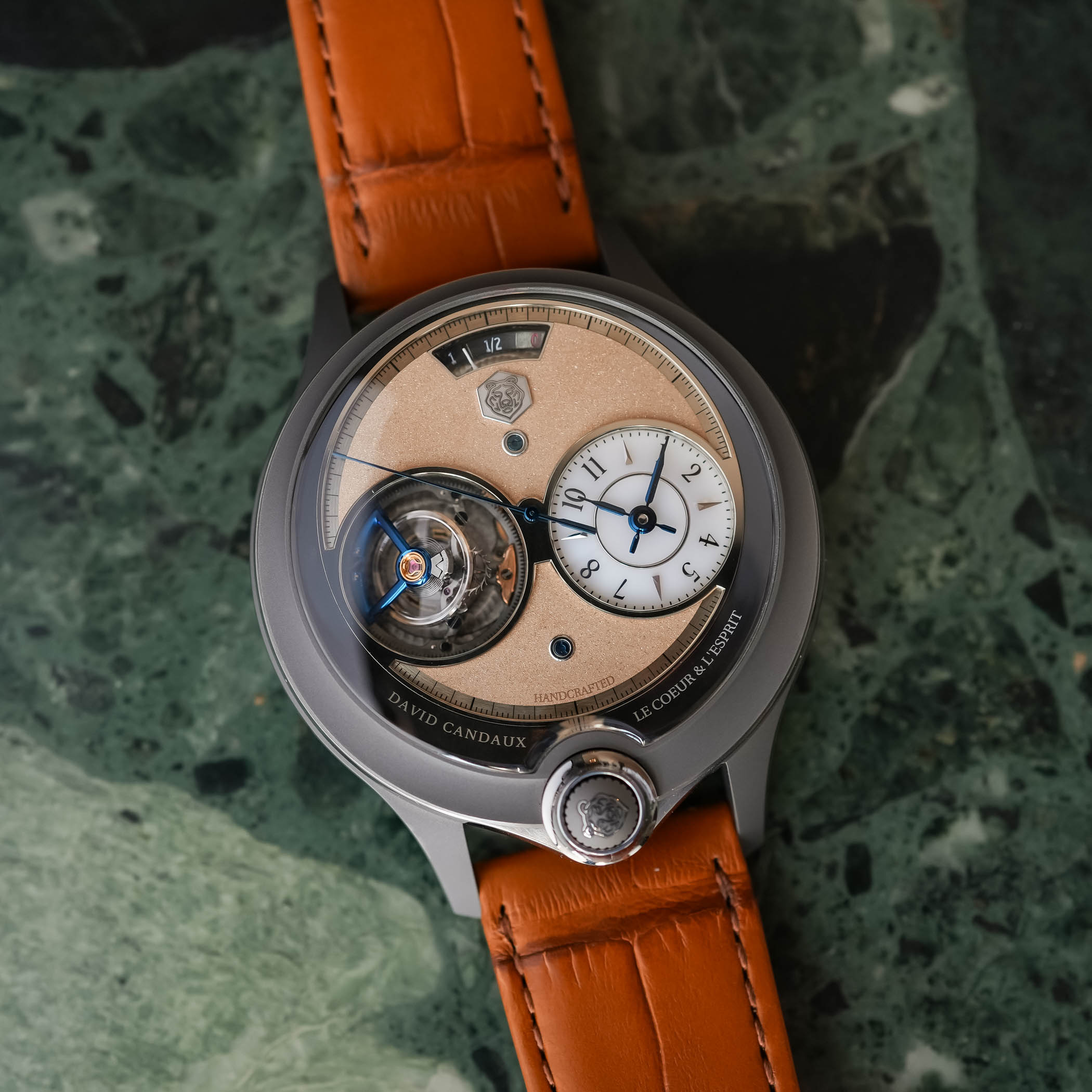
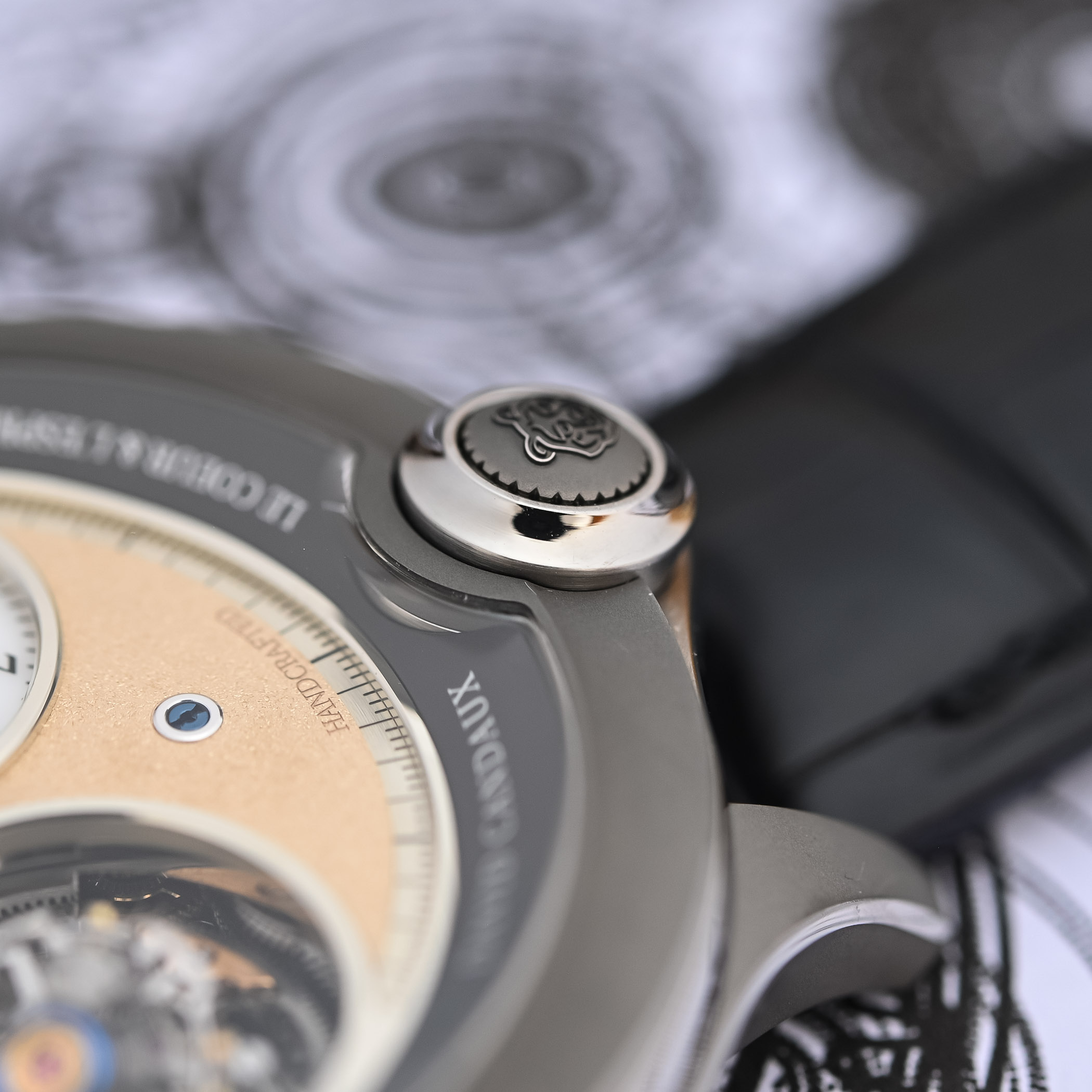
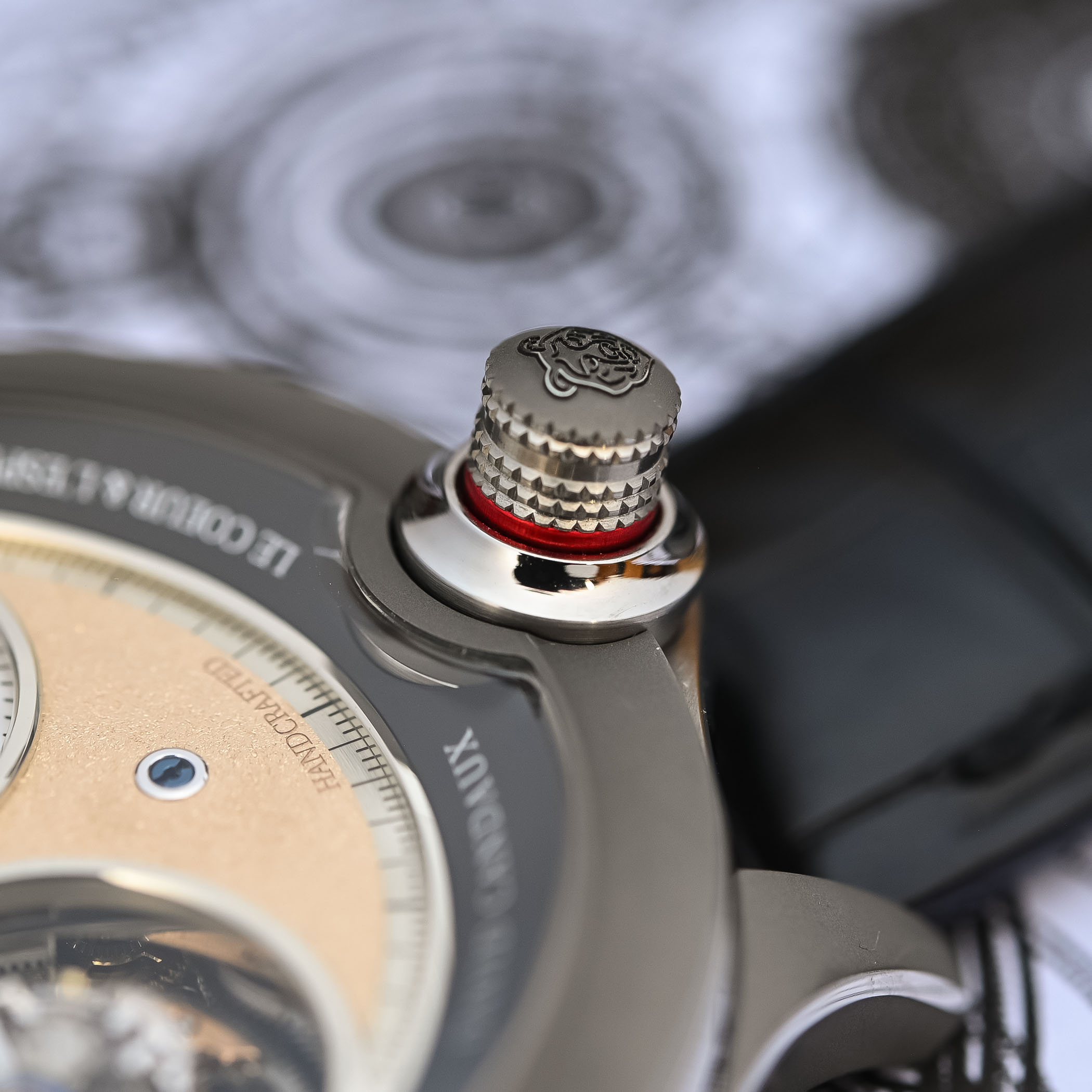
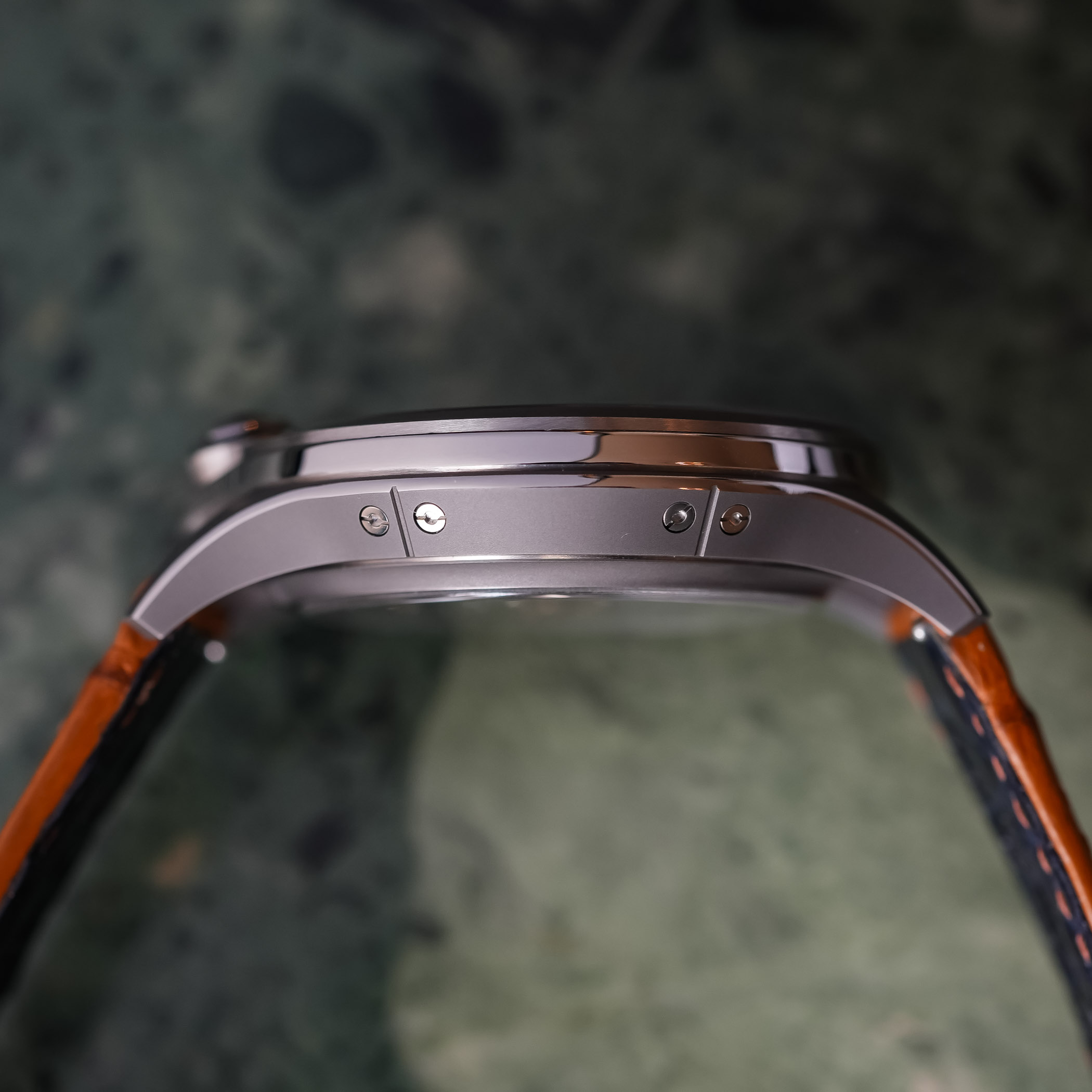
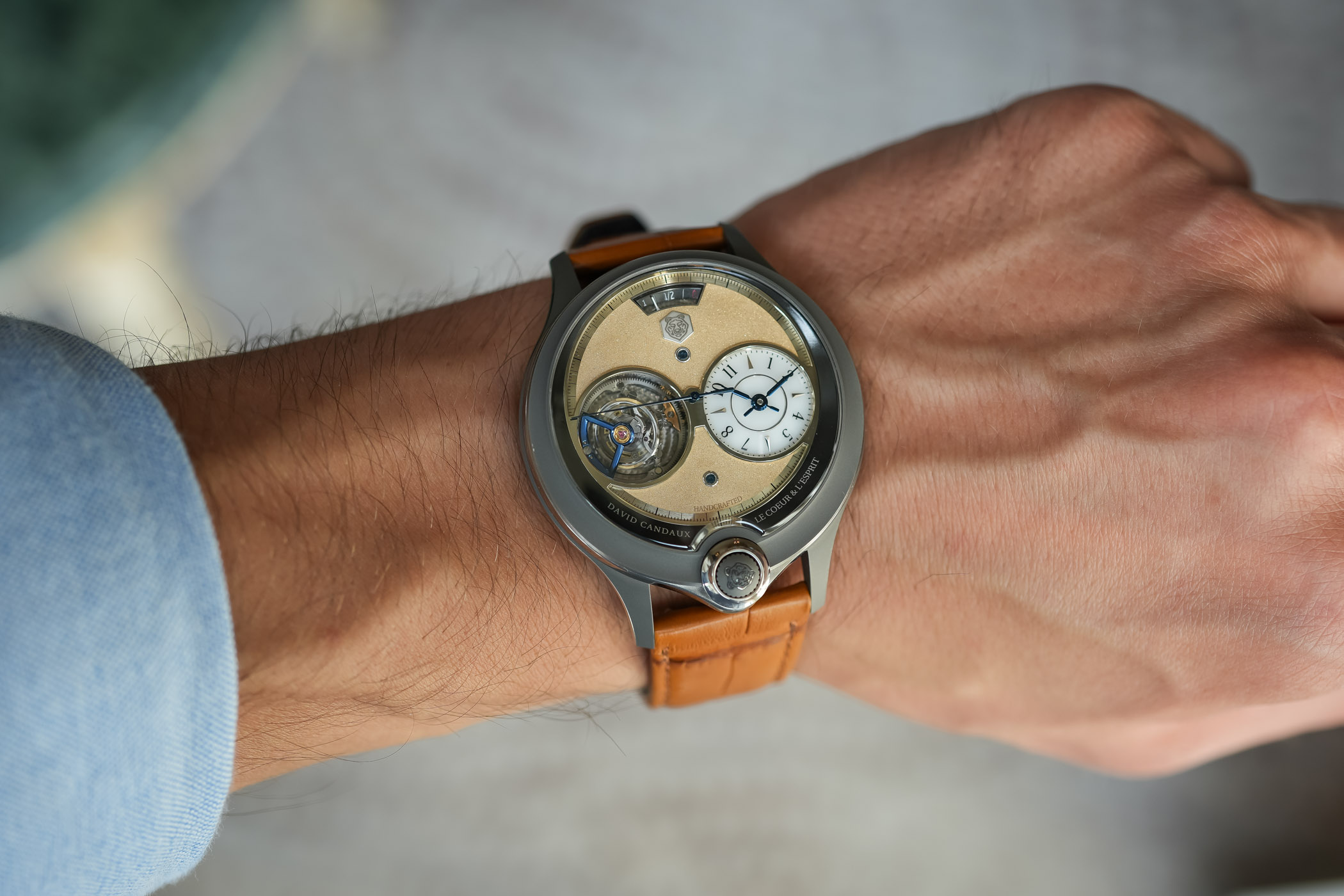
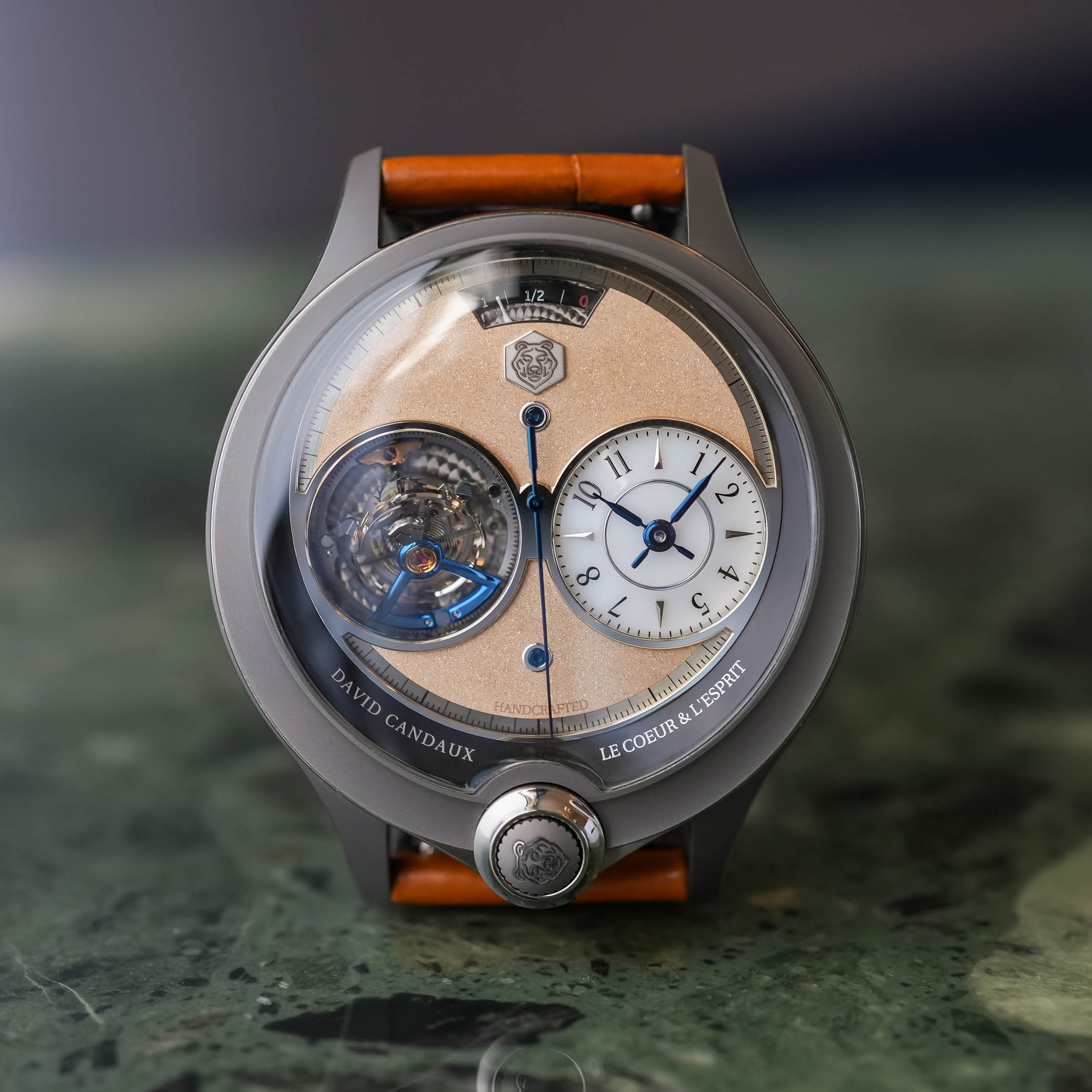
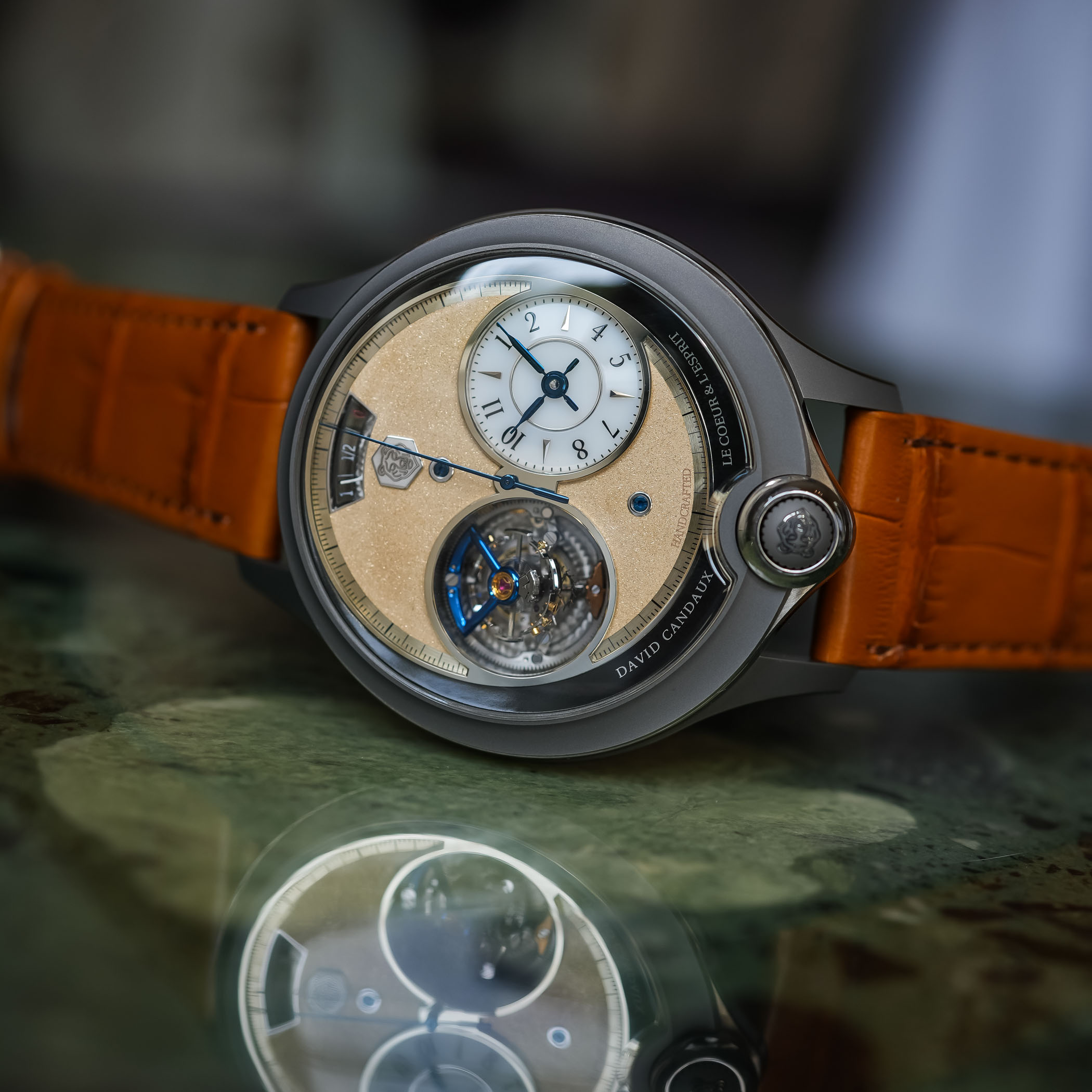
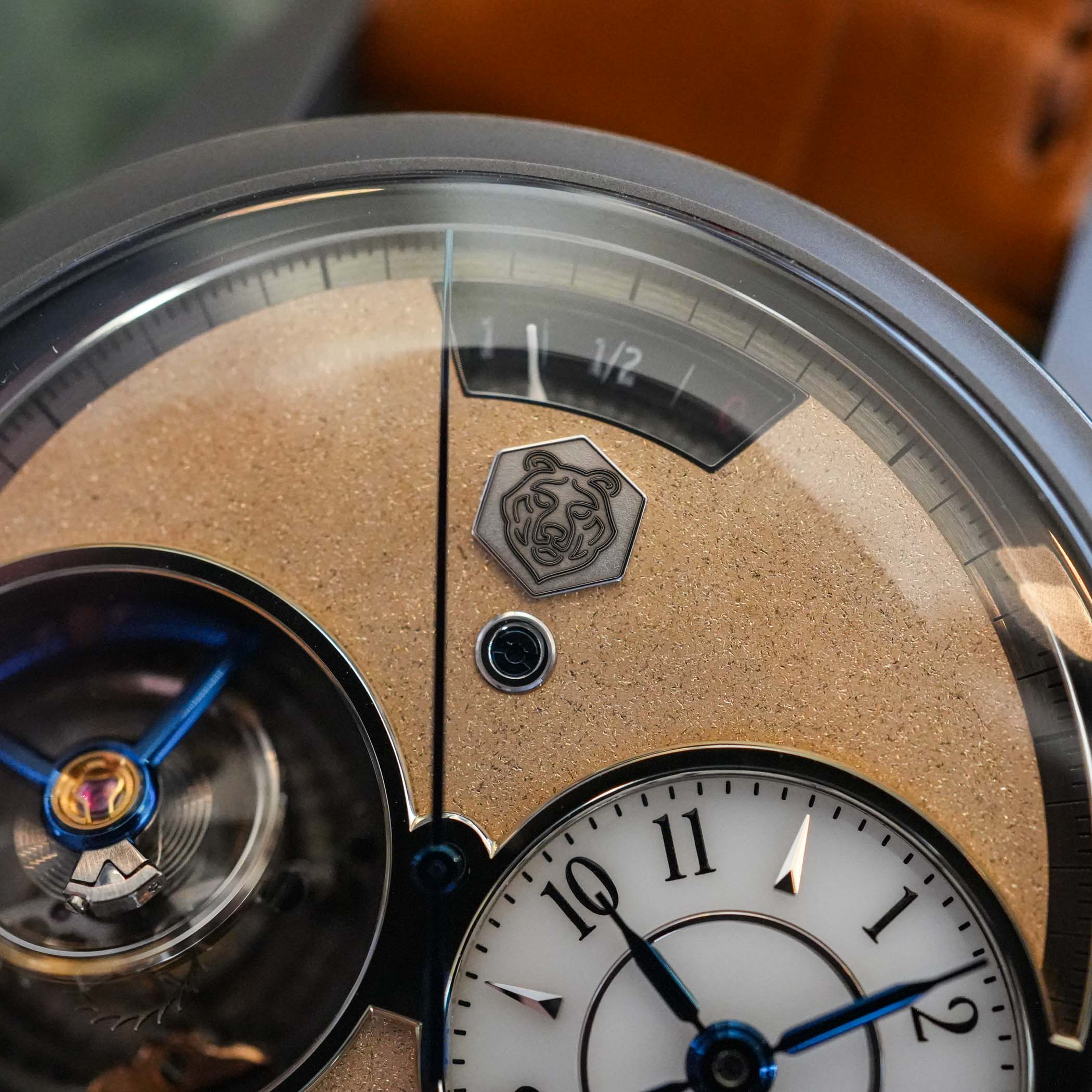
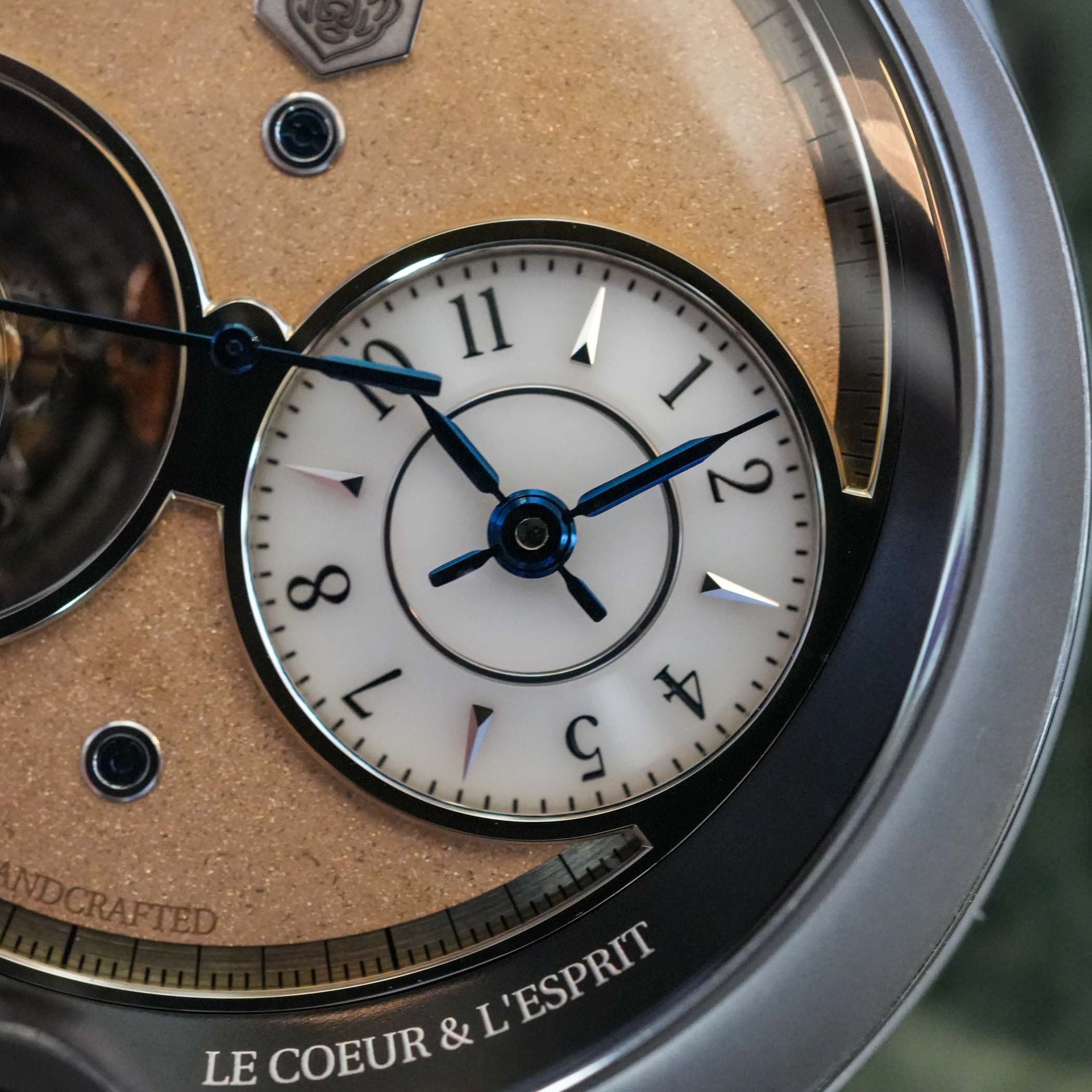
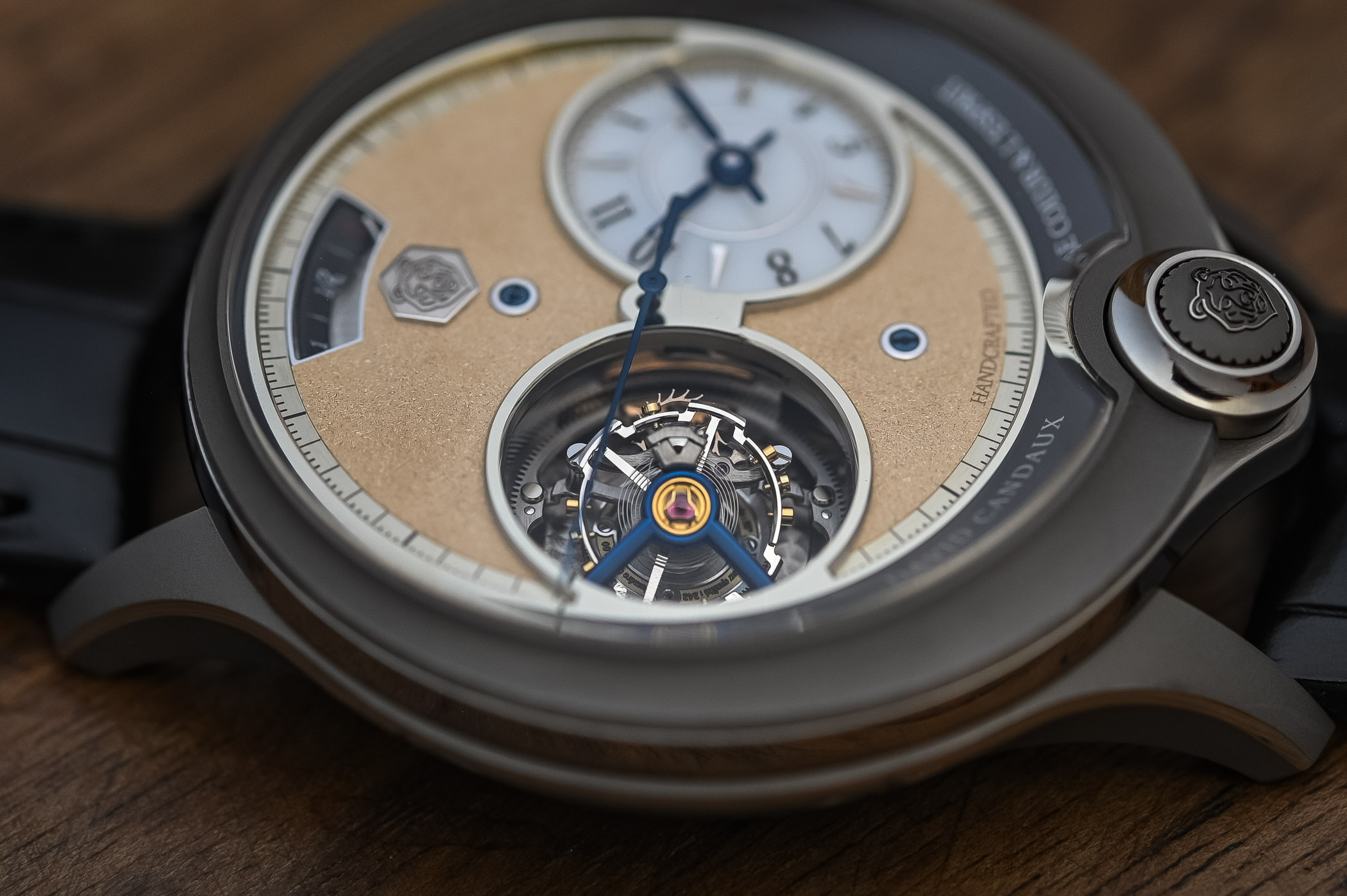
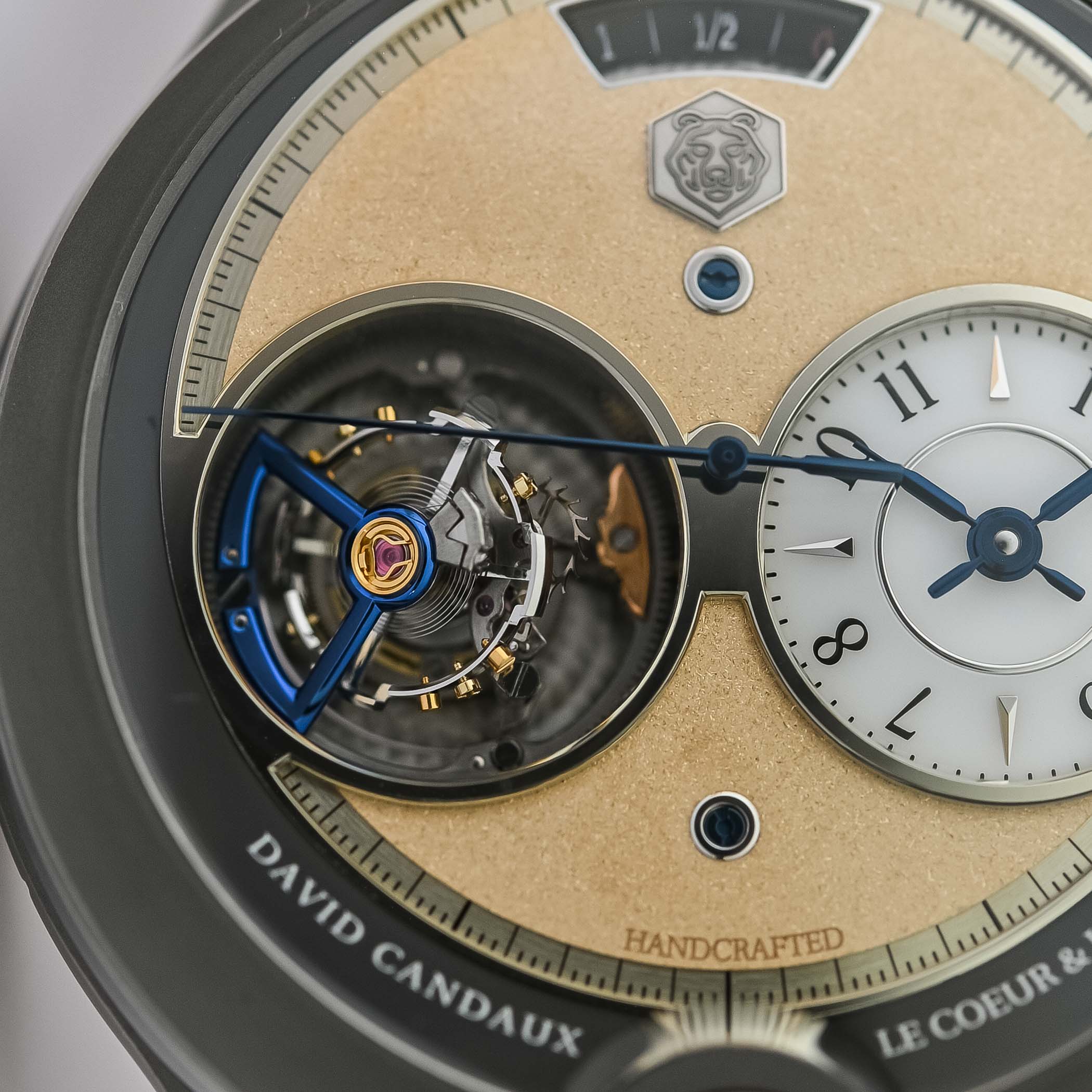
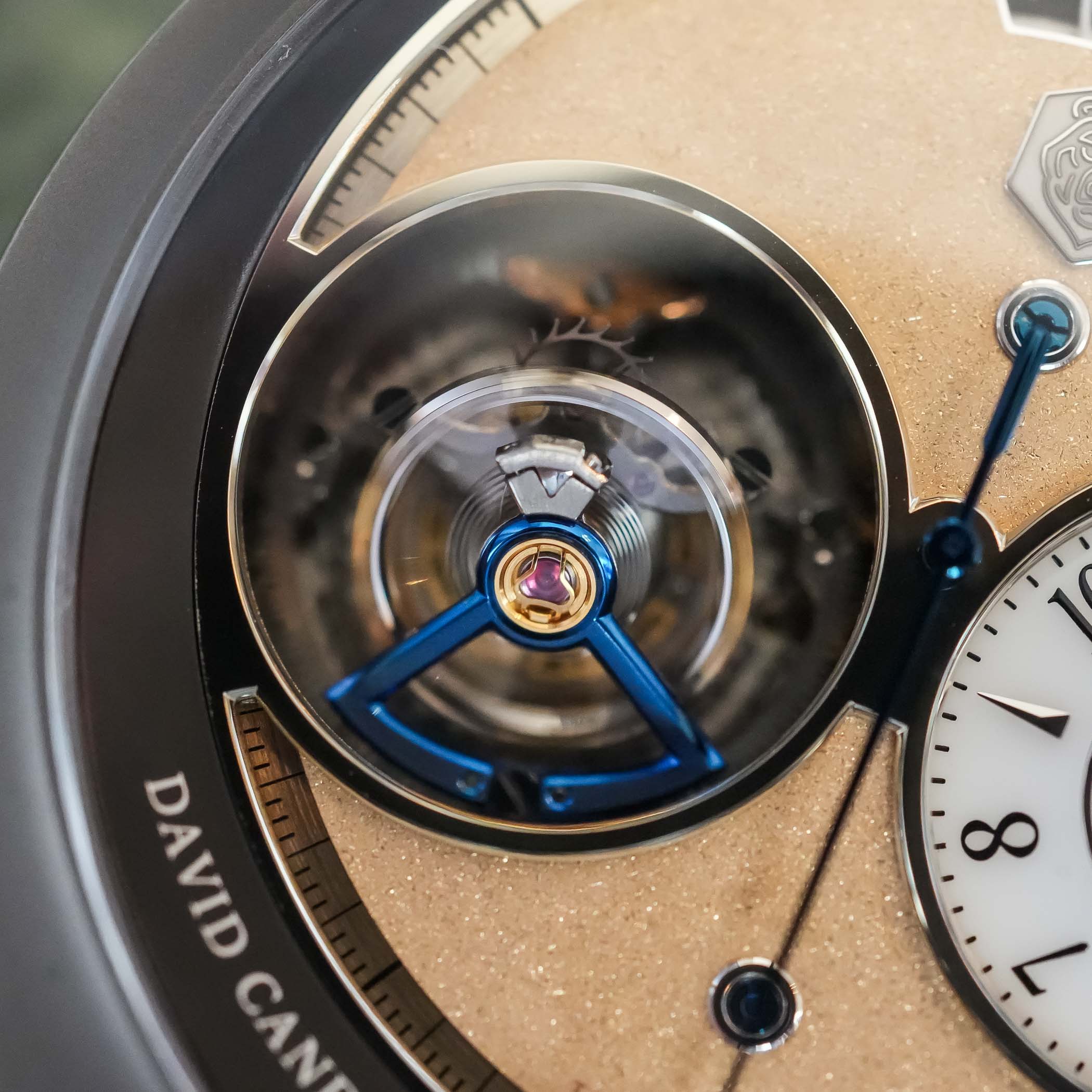
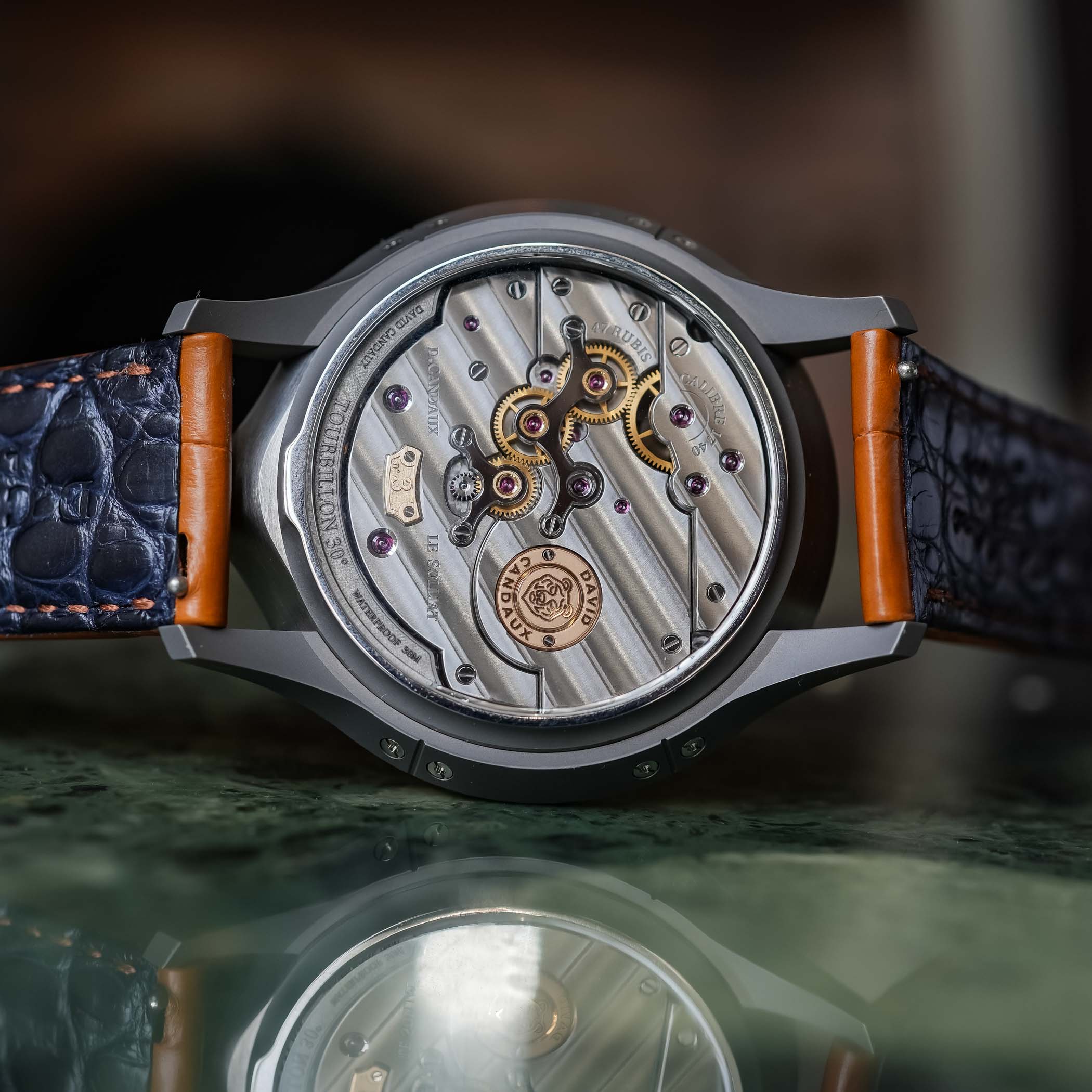
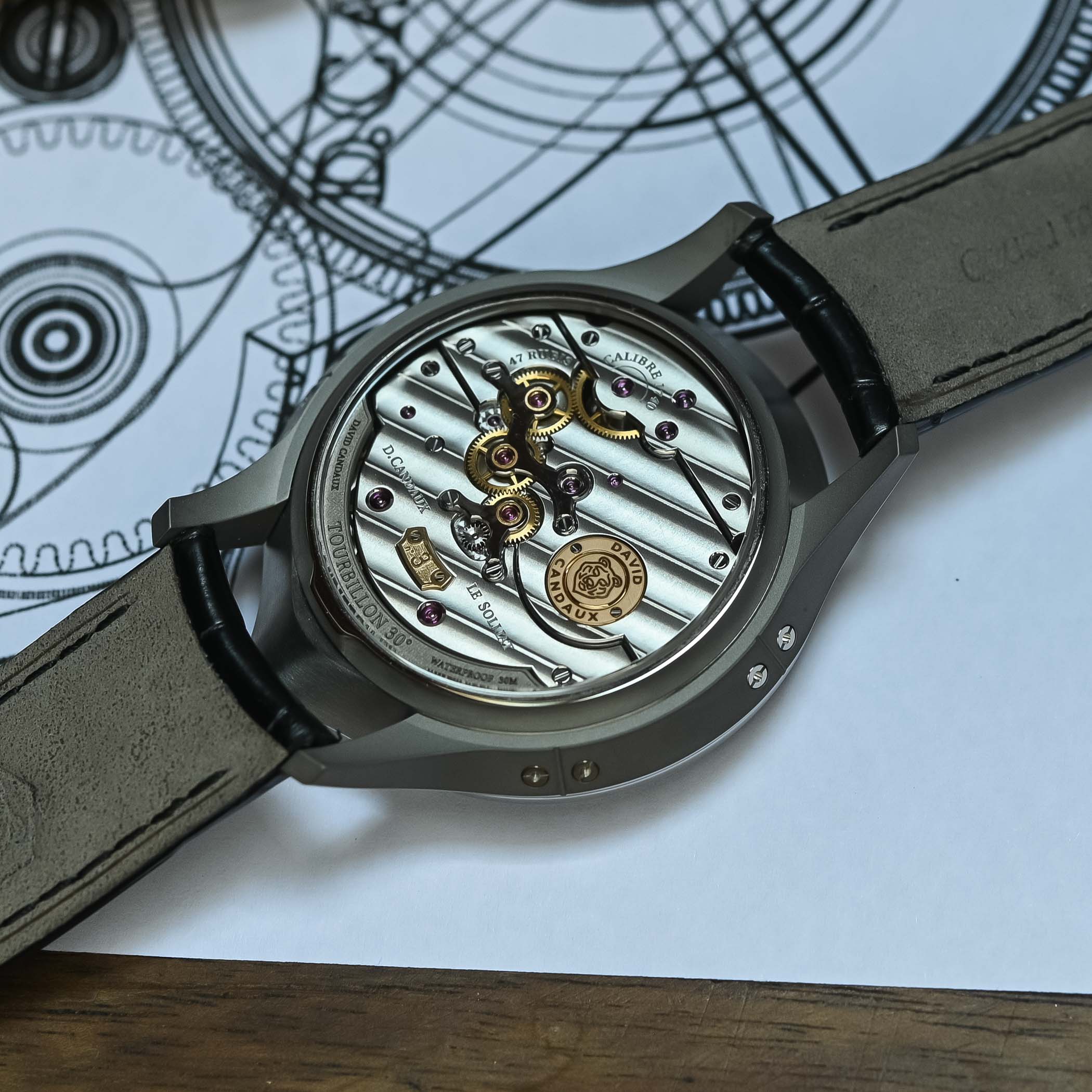
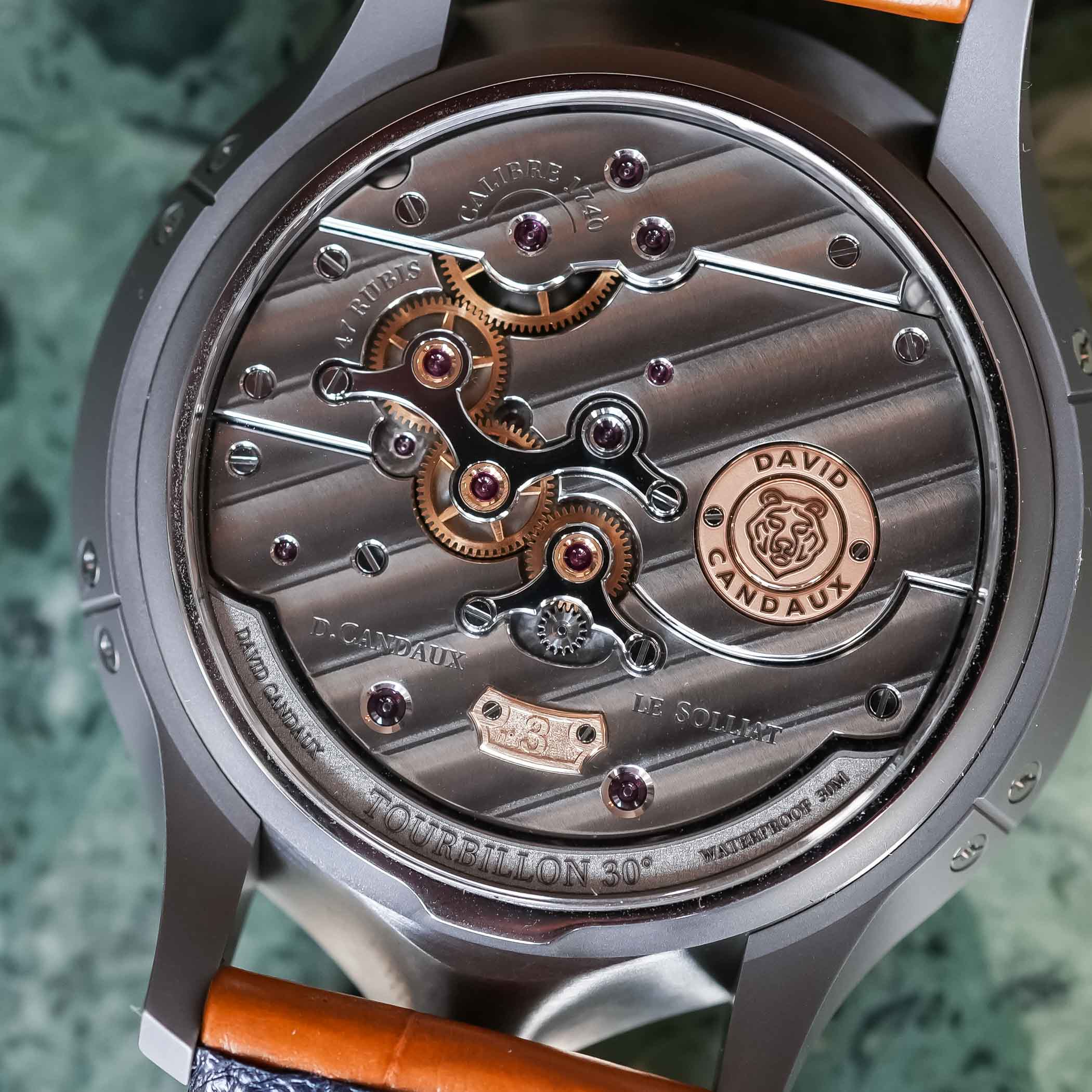
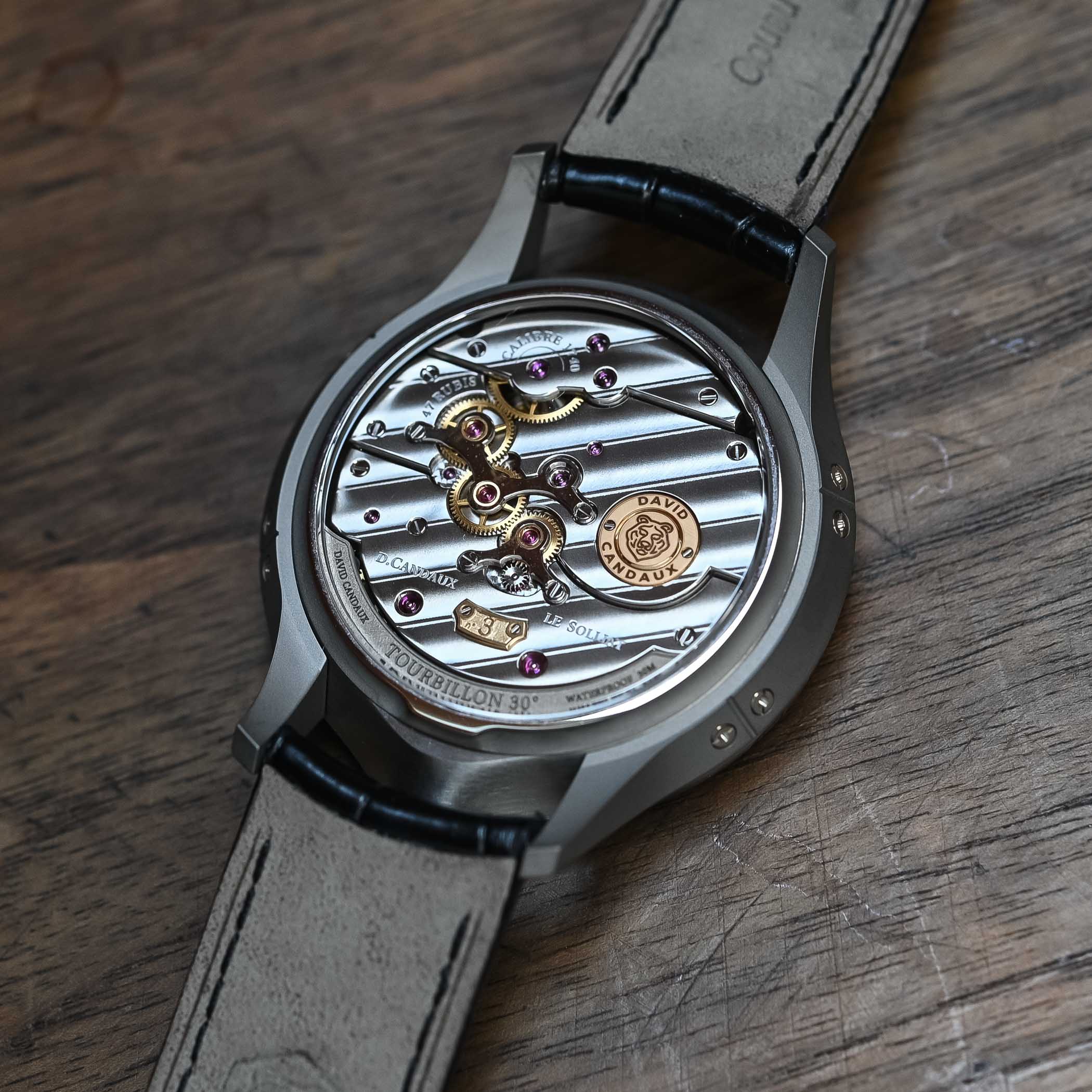
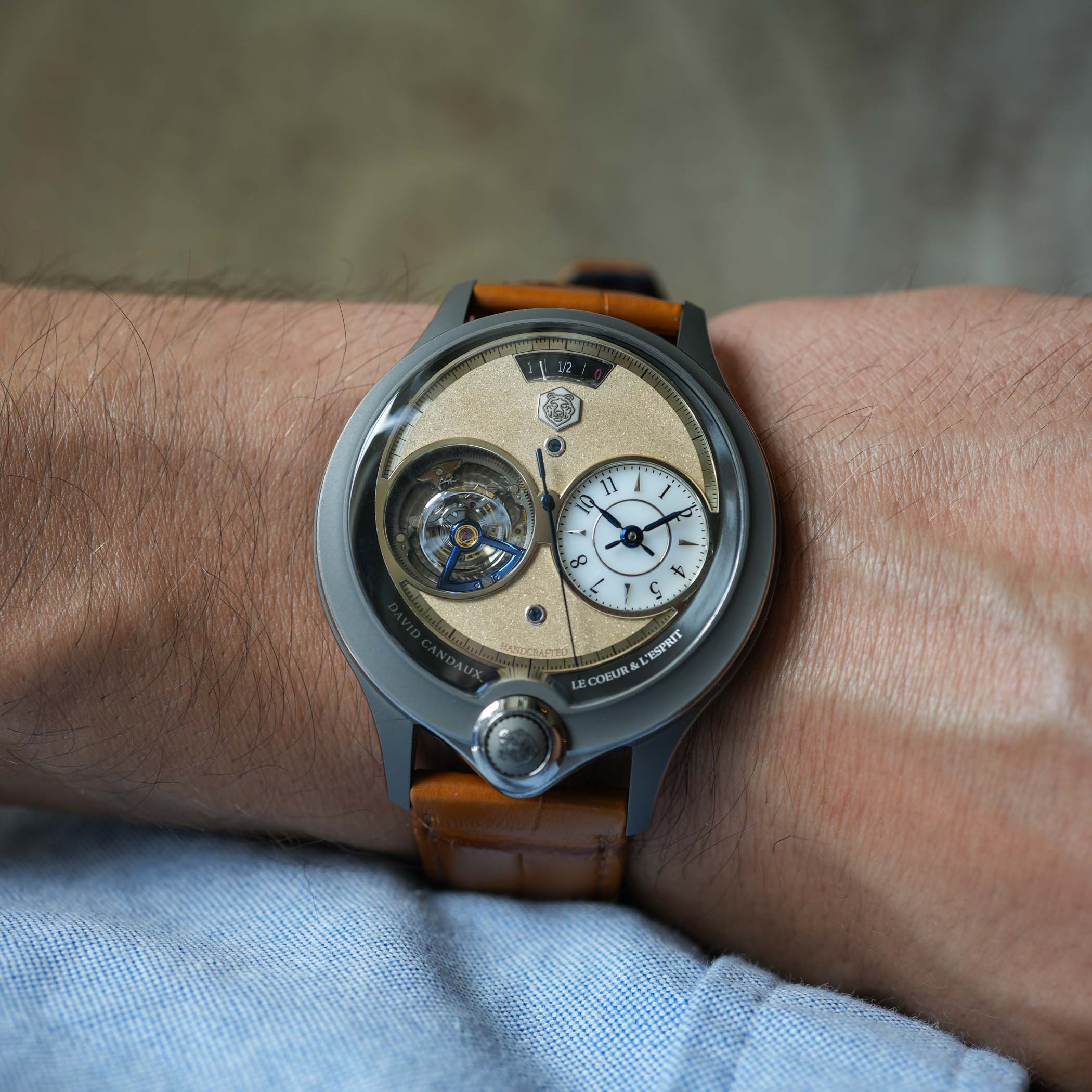
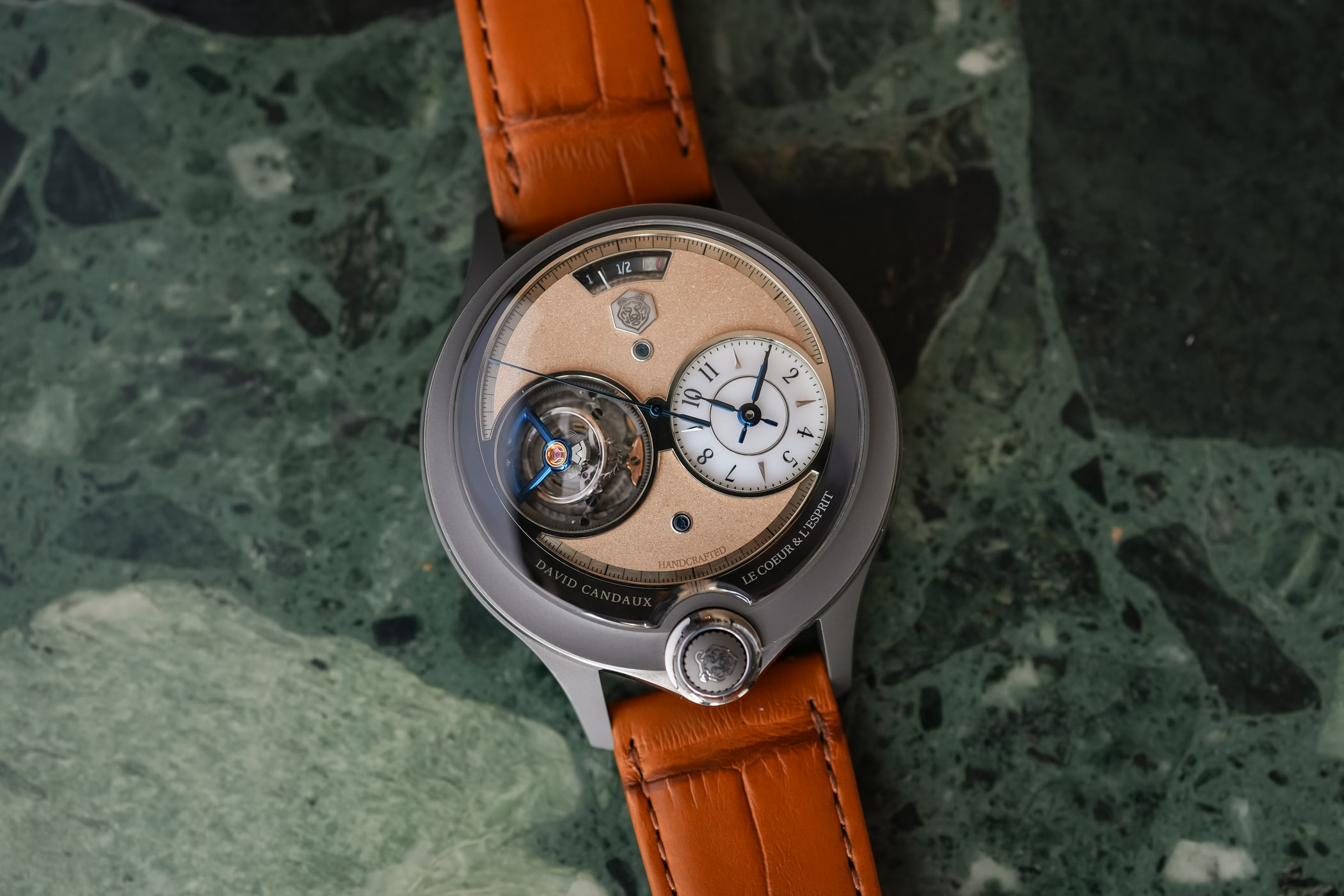
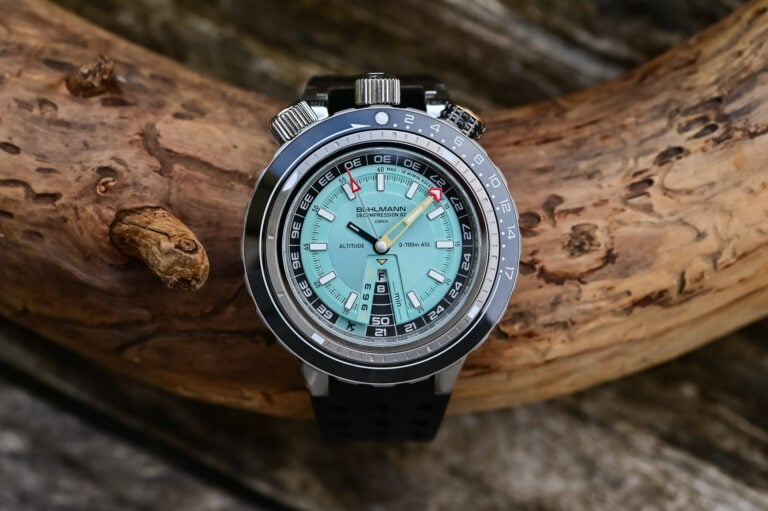
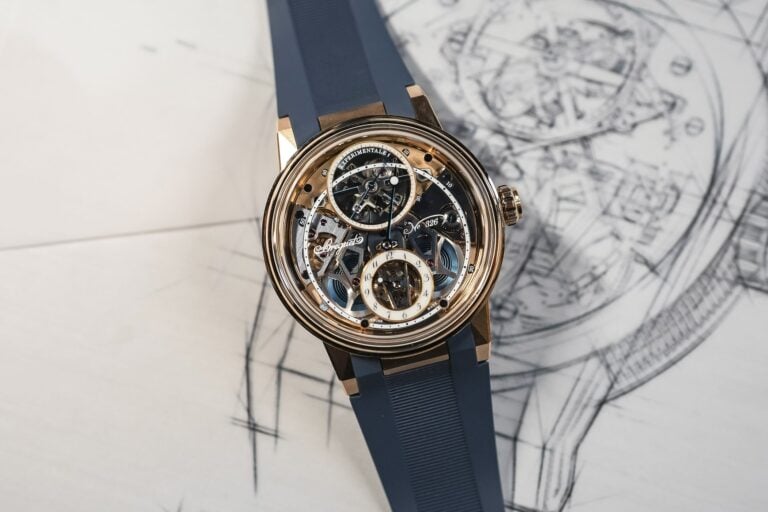
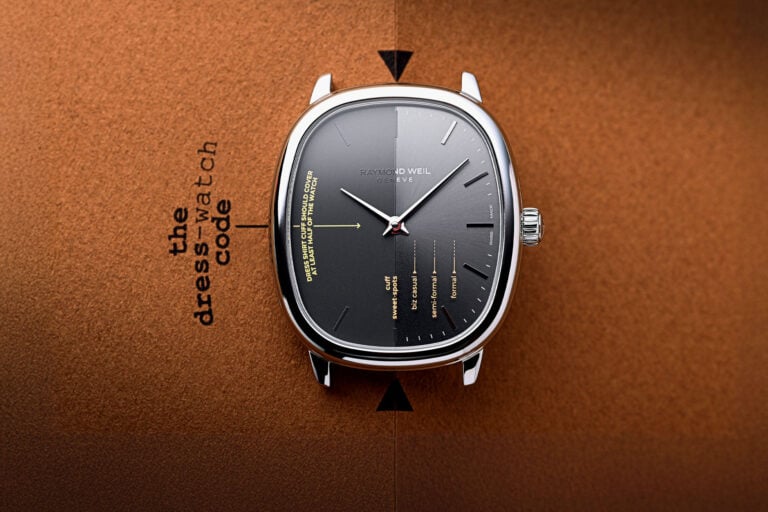
3 responses
hhhahaha joke price
Stand aside, peasants.
Would be interesting to see how it stacks against a Greubal Forsey. Definitely has watchmaking legitimacy, but still a way to go in terms of brand recognition that GF enjoys. But what a brilliant piece of machine!